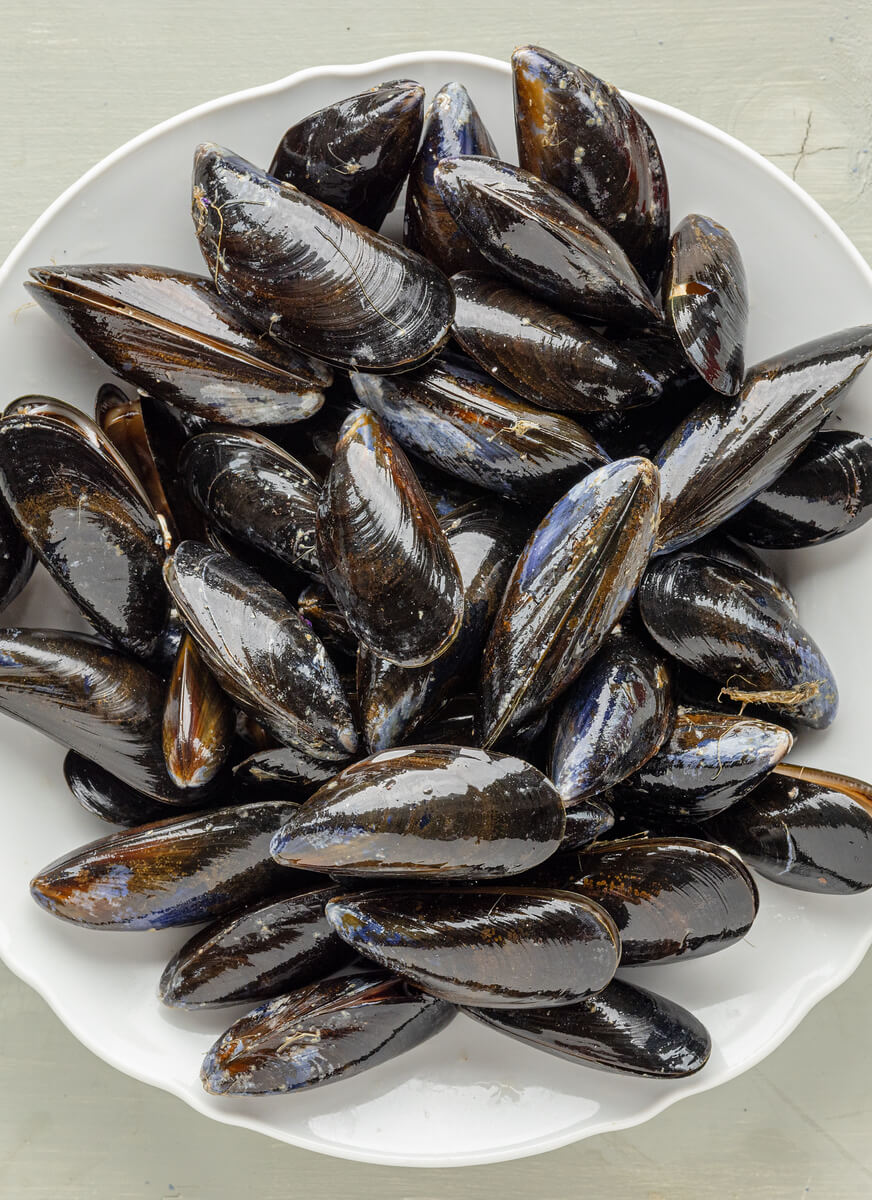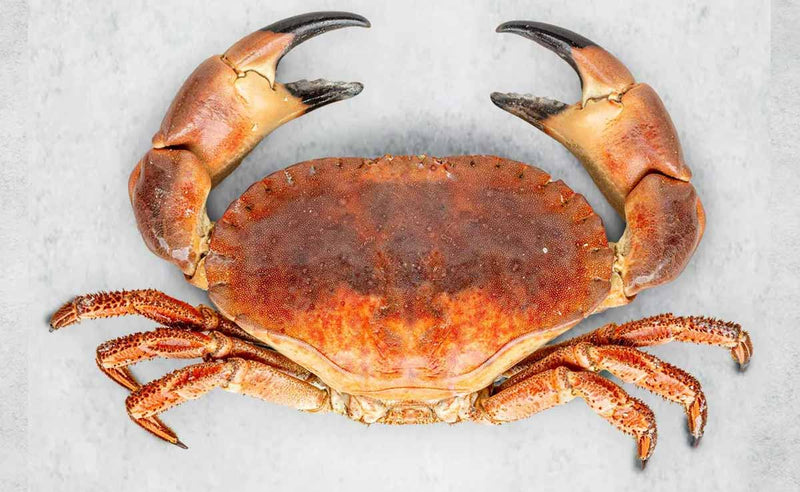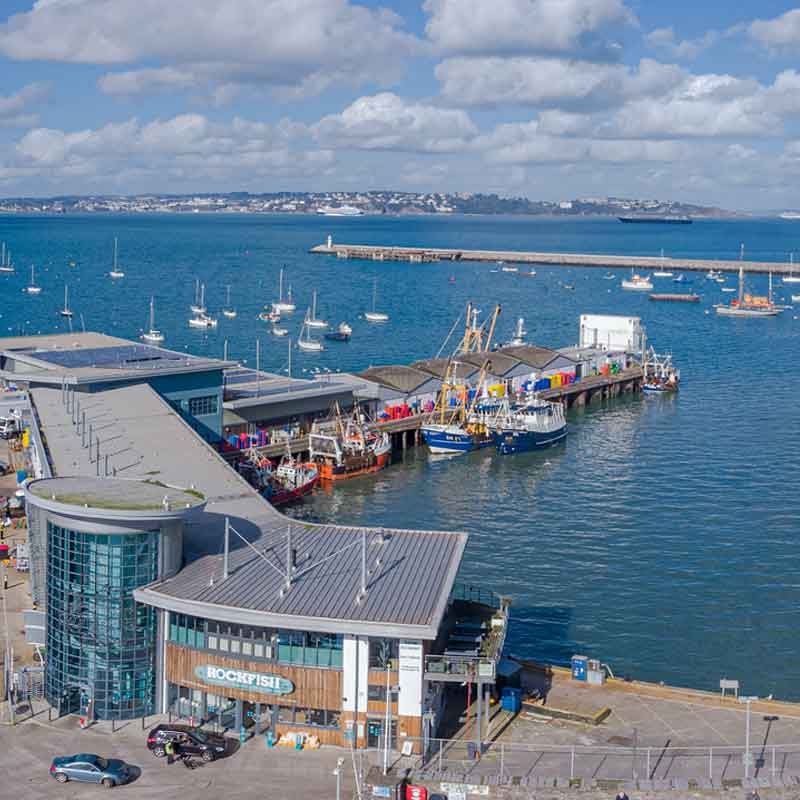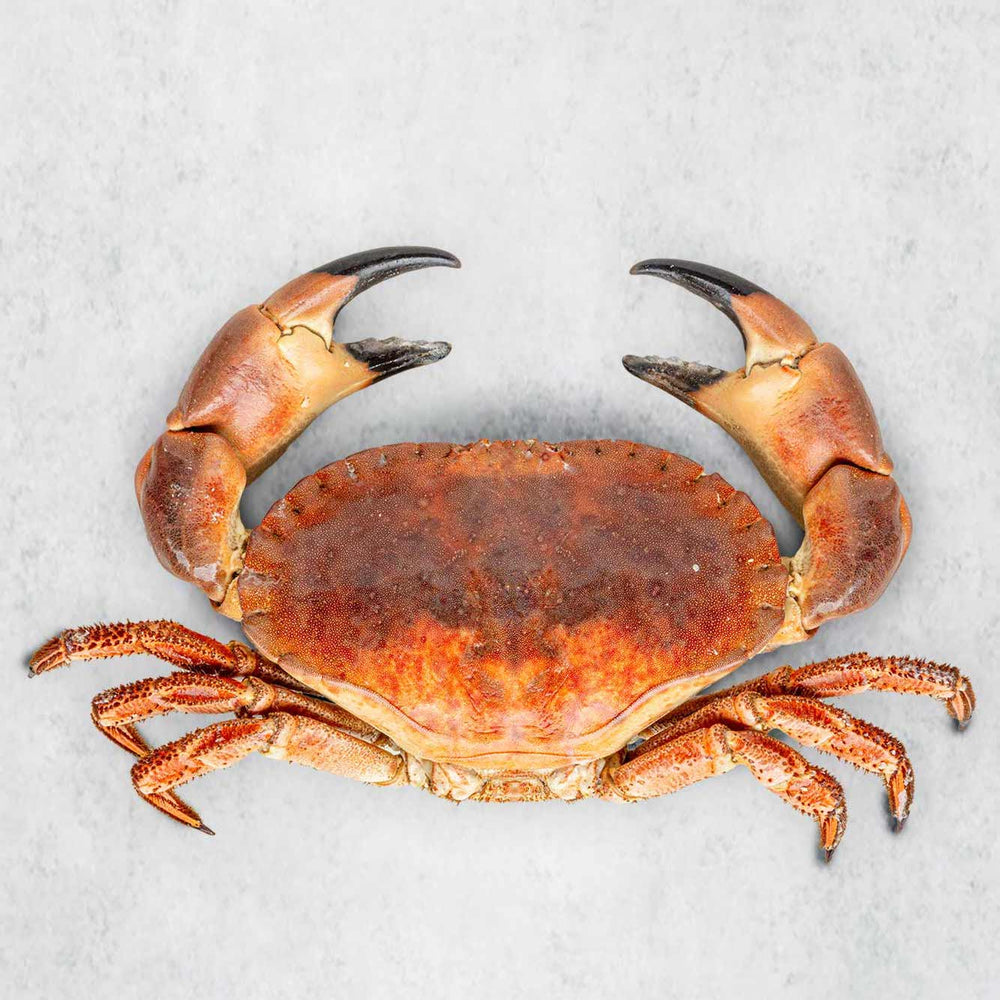Why mussels are the ultimate food for the future
Last week archaeologists in Mongolia unearthed an ancient model dragon made from mussel shells. A discovery that would tickle Indiana Jones pink, as it’s heralded to be the oldest of its kind. Fact is evidence of human consumption of mussels dates back over 40,000 years. It is even suggested that our hominid ancestors actually made their brains bigger by eating foraged mussels. Which, admittedly, makes positing them as “food for the future” a little odd.
But, while hunting and catching enough protein for survival was once a major challenge for our ancestors, a major challenge for future humans is likely to be whether we can produce enough protein to feed the Earth’s rapidly growing population.
The difficulty is protein, by and large, exhibits huge amounts of greenhouse gas emissions in its production. We’ve all heard about burping cows and farting sheep.
30% of total greenhouse gas emissions are a result of agriculture, over half of which is attributed to the production of animal products (milk, meat, eggs).
It's obvious then that if we’re going to restrict the amount of greenhouse gasses that we’re pumping into our atmosphere reviewing our diets is going to be essential.
While promoters of plant-based diets have made this case for some time, studies in the American Journal of Clinical Nutrition have signalled to concerns over the nutrient adequacy of such diets (with reference in particular to iron and vitamin B12). Recent evidence has shown that long-term vegans have an increased risk of bone fractures, suggesting that the long-term removal of animal products from the diet may negatively impact bone health.
The challenge therefore is how do we get our much-needed protein kick (as well as the other nutrients associated with eating animal products) without further contributing to climate change?
You don’t have to be Indiana Jones to work out what I’m going to say next. That’s right, it’s mussels.
Specifically farmed mussels. A stalwart of sustainability. These hunks of creamy, salty goodness pack such a rostrum of environmental accolades they deserve a Nobel prize.

Mussels – a Deep Dive
Mytilus edulis which literally translates as ‘edible mussel’ is probably not the name the mussel would have given itself but is dead appropriate for a food that grows from Pole to Pole and is a staple of so many national dishes. Moules-frites in Belgium, Paella in Spain, in Turkey they deep fry them on sticks and serve with garlic yoghurt. On our Online Seafood Market, you can buy them year-round hand-tinned pickled in a light escabeche. Or cook them yourself following any one of Mitch’s favourite recipes.
Mussels are filter feeders which means they suck. All day long. A 5 cm mussel will suck its way through 50 litres of seawater in a single day, extracting microscopic nutrition by using its flesh as a filter. To succeed mussels need to be in water that is swirling with nutrients and that is deep enough to keep them wet, and feeding, most of the time. Some mussels spend their whole lives submerged, deep beneath the surface of the sea, while others anchor themselves to the shoreline living between high and low tide marks.
Mussels are so good at sucking that scientists in Plymouth have used them to suck harmful microplastics out of the water which they then poop out in easily collectable lumps.
Essentially “putting the rubbish out for us to collect,” says Penelope Lindeque, one of the ecologists who led the research.
If you’ve ever cooked mussels, you may have noticed that they have beards. These fibrous little goatees are the byssal thread. Made from iron deposits that the mussel extracts from seawater, they are what the mussel uses to anchor themselves into rock pools or cling on to mooring ropes and breakwaters.
Byssal threads collected from large mussels used to be dried and spun into a cloth known as ‘sea silk’. A fabric so light and durable that a pair of men’s gloves could be folded up so that they would fit into a walnut shell. King Tutankahmen famously sported cloaks woven from byssal thread. Today, there is only one sea silk weaver left in the world, Chiara Vigo of Sardinia. You can watch her video here. Vigo is a 28th-generation byssal weaver, who continues the art as a way of championing the unparalleled sustainability credentials of mussels.

Aquaculture – Farming for the Future
Fish farming is rife with controversy and debate. Some see them as an underwater Chernobyl, others as the future of global seafood consumption. Either way, the one method of aquaculture that escapes threats of controversy is mussels. So much so, that often mussel farms are placed next to other fish farms to help clean the waters.
Farming mussels is an ancient art. Supposedly invented by shipwrecked Irish sailor, Patrick Walton, who lost his boat and crew in a storm, and found himself washed up on the Bay of Aiguillon in the early thirteenth century. Starving, Walton took to erecting crude nets between wooden poles hammered into the mud flats to try catch migrating seabirds to eat. However, he soon realised that tiny seed mussels gathered on the poles. Quickly they fattened up, encouraging the sailor to change tack and put up more poles. The use of wooden poles, or ‘Bouchots’ are still widely used in France, especially on the vast tidal mudflats of the French Atlantic coastline.
At Rockfish all our mussels are rope grown in the South West. Ropes suspended in nutrient-rich waters, specifically designed with hundreds of loose strands, and sometimes even studded with plastic spikes, to increase the surface area for bivalves to attach. Ropes are suspended high in the water, to help mussels hold on, as the movement of the waves creates more byssus and therefore stronger healthier muscles.
Of course, there is no guarantee that farming mussels is harmless for the environment, however, if done appropriately then farming mussels can actually improve the environment. This is partly because mussels grown in suspension require no input in terms of feed and water conditioning chemicals.
In addition, because of their filter-feeding activity, these bivalves mitigate eutrophication (the process of excessive fertilisers in water bodies, often from human activities, which lead to an overgrowth of algae disrupting the ecosystem's balance). Globally, it is estimated that cultivated bivalves remove over 50,000 tonnes of these fertilisers from our oceans. It’s estimated that if this
“service” was monetised it would be worth over 1.2 billion US dollars.
Better still, rope-grown mussel farms have actually now been shown to boost local biodiversity. Acting as artificial offshore reefs, attracting seaweeds and anemones which in turn provide a haven for fish.
But the real clincher? Carbon capture. Mussels remove greenhouse gasses, or what’s known as blue carbon, from the ocean through the generation of their shells. What’s more, is that these shells will then remain a sink for this carbon for sometimes thousands of years (just look at the Mongolian toy!). Making mussels an extremely valuable source of high-quality protein, that is not marred by high greenhouse gas outputs.

When can I eat them?
Mussels are at their best, and available in abundance between June - February.
The stinger is UK mussel farms are under threat. Up until recently, most mussels grown in this country have been shipped abroad, predominantly to Europe. However, since Brexit, a clerical error in the government’s trade policies has meant farms have faced serious difficulties tapping into foreign markets. Putting immense financial pressure on a food that the Marine Conservation Society has deemed ‘super green’.
But all is not lost, as the answer is a deliciously simple one. It’s time to rethink our diets and take full advantage of this amazing homegrown product. Like our ancestors on their hands and knees foraging on wind-beaten shores, all we must do to support these pioneers of aquaculture is to tuck into more creamy, steamy-hot bowls of buttery English mussels. Saving the planet’s never been so tasty!



